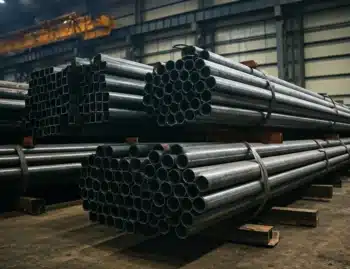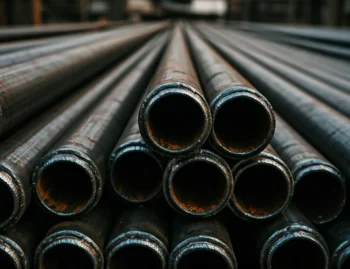An essential aspect toward eliminating waste is implementing stainless steel for all equipment used in making refined sugar and sugar cane juice products. Many business owners are currently making the move to upgrade their equipment, which is in the best interests of safety – as well as efficacy. The slight increase in cost for stainless steel equipment would quickly get recouped through the major increase in usable product available to sell.
Transforming cane sugar into refined white sugar takes the most effective, viable metal available. Stainless steel meets that criteria. In fact, the most hygienic metal for refining sugar cane is stainless steel.
Sugar Cane and Corrosion
Regular carbon steel rusts and corrodes when it encounters air and moisture. However, when you add chromium, it creates stainless steel – which is highly resistant to corrosion.
The juice of the sugar cane is quite acidic. In addition, it emits a gaseous discharge. Acid tends to consume most organic material. Gas turns toxic when mixed with many chemicals. Most materials corrode and break down against acid and gaseous discharge. Corrosion is one of the biggest problems facing the sugar industry.
Any company that uses equipment to handle sugar knows their equipment will wear out quickly when exposed to sugar cane juice. If the equipment contains moving parts, then corrosion eats through the bearings and mechanisms powering those parts. If the equipment is a free-standing holding tank with no moving parts, then sugar cane juice quickly erodes the holding tank’s material. This allows it to spread to other pieces of critical equipment when the acidic cane juice wreaks more havoc.
Responsible Companies Use Stainless Steel
Corroding equipment typically contains sharp edges. Workers and employees deserve a safe working environment. Sharp edges from corroding parts pose hazards and danger to the employees sugar manufacturers have a responsibility to protect.
A great deal of wasted productivity, as well as the amount of product lost, happens because of using carbon steel or another metal that cannot resist corrosion. Stainless steel includes a ferrous and chromium property to it that makes it highly resistant to corrosive products.
Most major manufacturers worldwide use stainless steel to make their products. Typically, stainless steel is preferred for processing food products. It is nearly impossible to maintain sanitary conditions without it. In 2007, 11 years ago, India lost an estimated $250 million dollars a year due to corrosion in metal factories. If India’s sugar barons do not convert all metal equipment used to refine sugar, they may find themselves priced out of the world market. As a result, a recent study has found that using stainless steel solutions will reduce corrosion-related losses and recalls in India by nearly 50%, a figure that is sure to entice numerous major players in the sugar refinery industry.
With the sugar industry being a crucial driving factor for development in a number of countries around the world, the transition to stainless steel will mean continued sustenance and prosperity for those regions.











